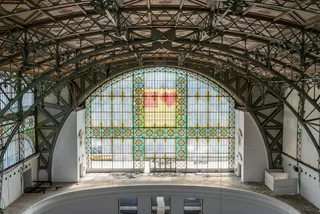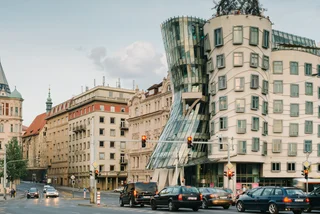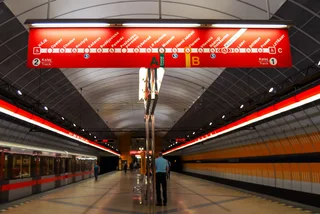There is enough blame to go around for the errors in the restoration of the Astronomical Clock on Prague’s Old Town Square. But no punitive measures are planned.
The issue made international headlines recently when the Club for Old Prague noticed that the calendar wheel, which was supposed to be an exact copy of one by famed artist Josef Mánes, took a lot of liberties and seemed to include portraits of contemporary people. It had been in place for four years before anyone checked it against the original.
A report by the Czech Culture Ministry cited by news server Lidovky.cz says that errors were made by all parties involved: the author Stanislav Jirčík, Prague City Hall, and heritage conservationists.
The Monument Inspection office of the Culture Ministry said the author of the new copy strayed from the original version and the City Hall and heritage conservationists did not check his work sufficiently.
No punishment is to be meted out for the errors, the inspection said. Prague City Hall, though, wants to create a new calendar wheel that is a better copy of the original one by Mánes. “I have a sense of humor, but there are limits. It's going to be discussed with the conservationists, and from my point of view, it needs to be redone,” Prague Mayor Zdeněk Hřib told CNN Prima News when the scandal broke.
The discrepancies were first noticed at the end of May when news server Deník N reported that Milan Patka from the Club for Old Prague (Za starou Praha club) had sent an 18-page complaint to the Culture Ministry pointing out the discrepancies in the copy. These included changes to hairstyles, costumes, faces, ages, and even gender.
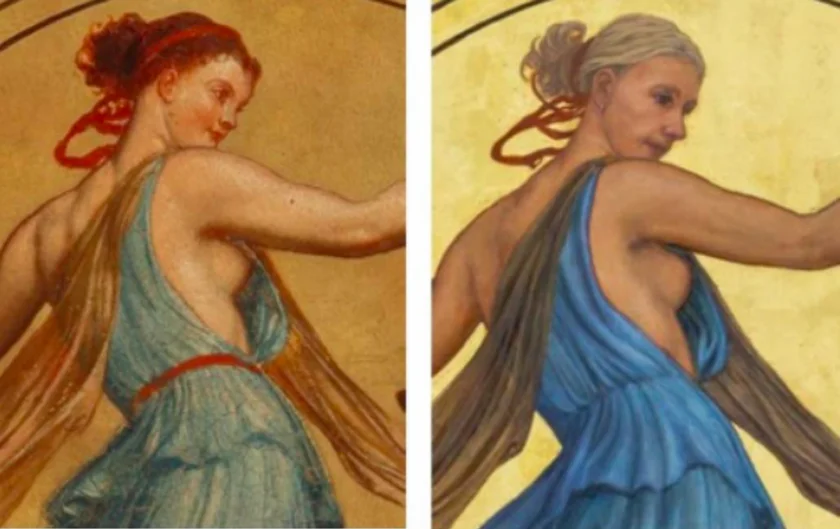
A woman in a long red skirt in the original is now seen in a short skirt that exposes her legs. A young red-haired woman meant to represent the Zodiac sign Libra is now a middle-aged gray-haired woman. A vignette with two women talking has been altered to a man and a woman.
The wheel has 24 vignettes that represent the signs of the Zodiac and an allegorical scene for each month. The spaces around the vignettes are decorated in gold leaf. The wheel takes an entire year to turn.
The calendar wheel was created by painter Josef Manes in 1866 as part of an extensive restoration of the Astronomical Clock at that time. The original was used only until 1882 when the first copy was installed in its place. The original was placed in a museum to prevent its damage by weather, and it is still owned by the Prague City Museum.
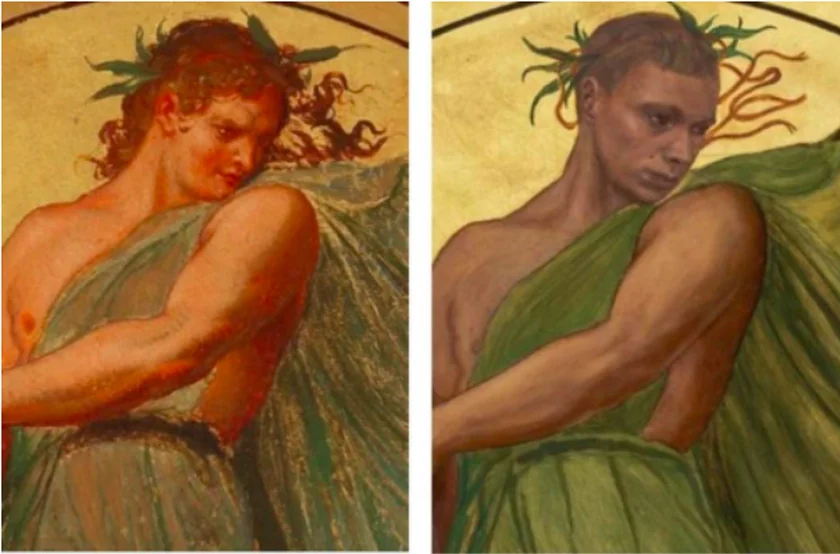
Prague Deputy Mayor Adam Scheinherr said that after a new, more accurate copy is made and installed, the copy made in the 1946 clock restoration and Jirčík's copy will be displayed next to Mánes' original at the Prague City Museum so people can see the variations.
The most recent copy was unveiled in 2018 as part of the full restoration of the Old Town Clock Tower, which coincided with the 100th anniversary of the establishment of Czechoslovakia.
Artist Jirčík said that he was asked to make a “technical copy" of the wheel and was not asked to create an “authentic copy” of the original.
“Despite this, the Heritage Inspection is of the view that some blatant changes in the details made by Jirčík, in which there are no reasons justifiable from the viewpoint of national heritage care, should not be in a technical copy of the painting,” the Heritage Inspection report said.
Jirčík said in the past he had been inspired by Mánes’ sketches. He claims that Mánes’ original painting differs from the sketches and shows signs of changes and alterations.
The Culture Ministry’s heritage experts said Jirčík had studied Mánes’ original painting in detail in the museum.
“This is why it is difficult to understand why he did not use a similar style of work in the details of faces and clothes,” the Heritage Inspection said.
The whole repair of the tower cost about CZK 61 million without VAT, while the part of the astronomical clock cost about CZK 10 million without VAT.
This is not the only complaint about the restoration of the Astronomical Clock. The upper face that backs the elaborate astrolabe, showing not only the time but the position of the sun and moon in the Zodiac, was replaced shortly after it was unveiled.
The first attempt had an airbrushed design going from red to black in one of the circles to represent twilight. Astronomers objected that it was historically inaccurate. A new version was installed in 2019 that has a hard line separating the red and the black.
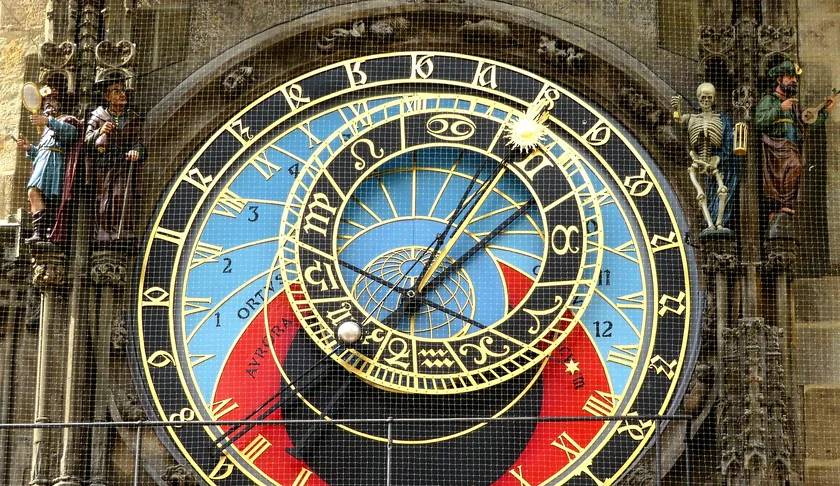
The Astronomical Clock was first built in 1410 but functioned poorly. It was redesigned in 1490 and again in 1552–72.
The clock underwent a large renovation in 1797–91. The rotating Apostles were added around this time. Another repair took place in 1865–66, and the sound of the rooster was added. More repairs took place in 1912.
The clock and the tower were burned badly in May 1945, and the original statues were destroyed. The clock mechanism was modernized during the repairs in 1948, and new wooden statues were made, but they did not fully resemble the previous ones. One of the side figures, a moneylender, was also altered.
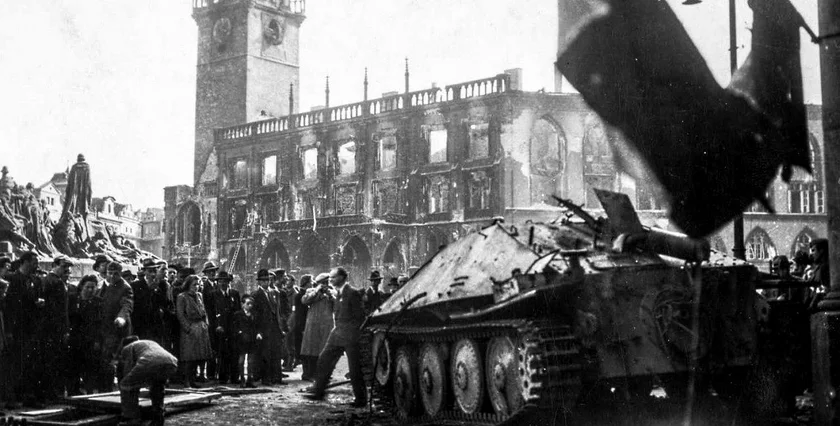
Some errors to the Astronomical Clock face were fixed in 1979. Further repairs took place from 1984 to '86.
During the recent repairs, the clock mechanism was restored to how it worked in the late 1800s. The Apostles and other statues were refurbished but kept their post-war designs, and the doors the Apostles appear behind were changed from wood to glass.
The clocks on top of the tower were also changed back to their gold-detailed Baroque faces, with the larger hand pointing at hours and the smaller one at minutes.
The Orloj, as it is also called, is the third-oldest Astronomical Clock in the world and the oldest one still operating.












 Reading time: 4 minutes
Reading time: 4 minutes 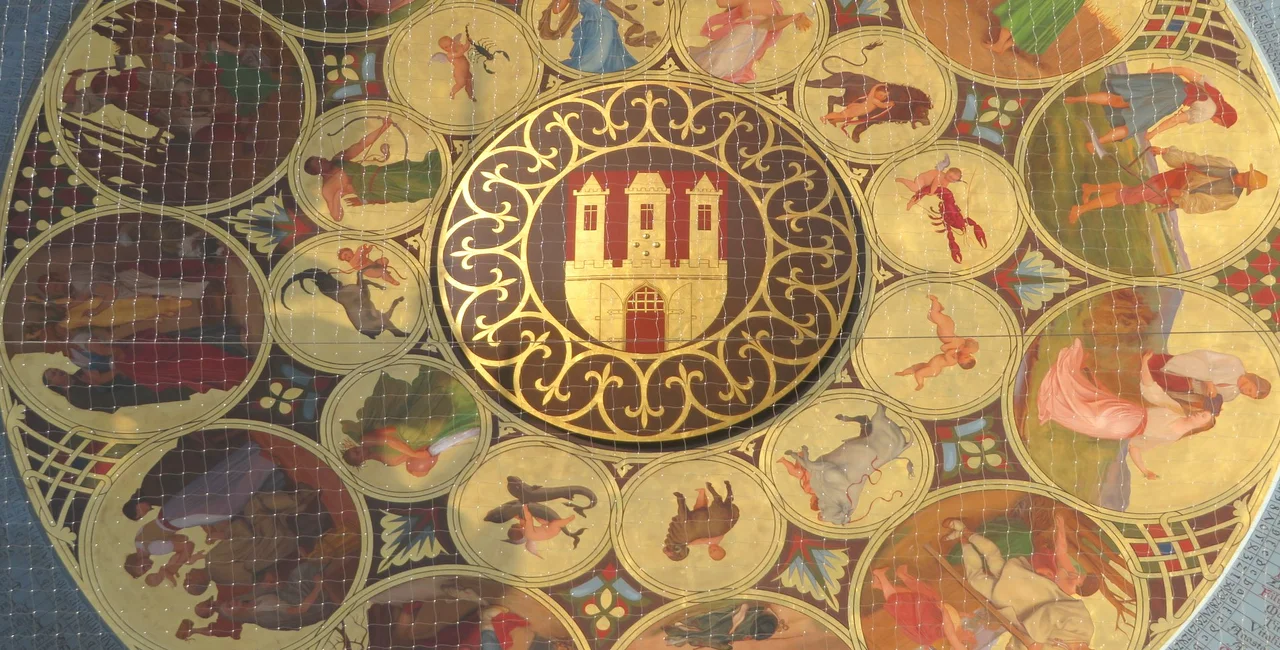


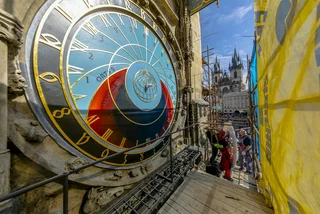
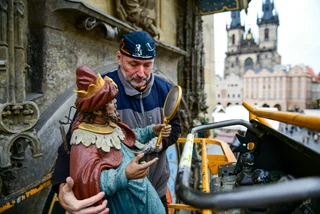
 Polish
(Proficient)
Polish
(Proficient)




